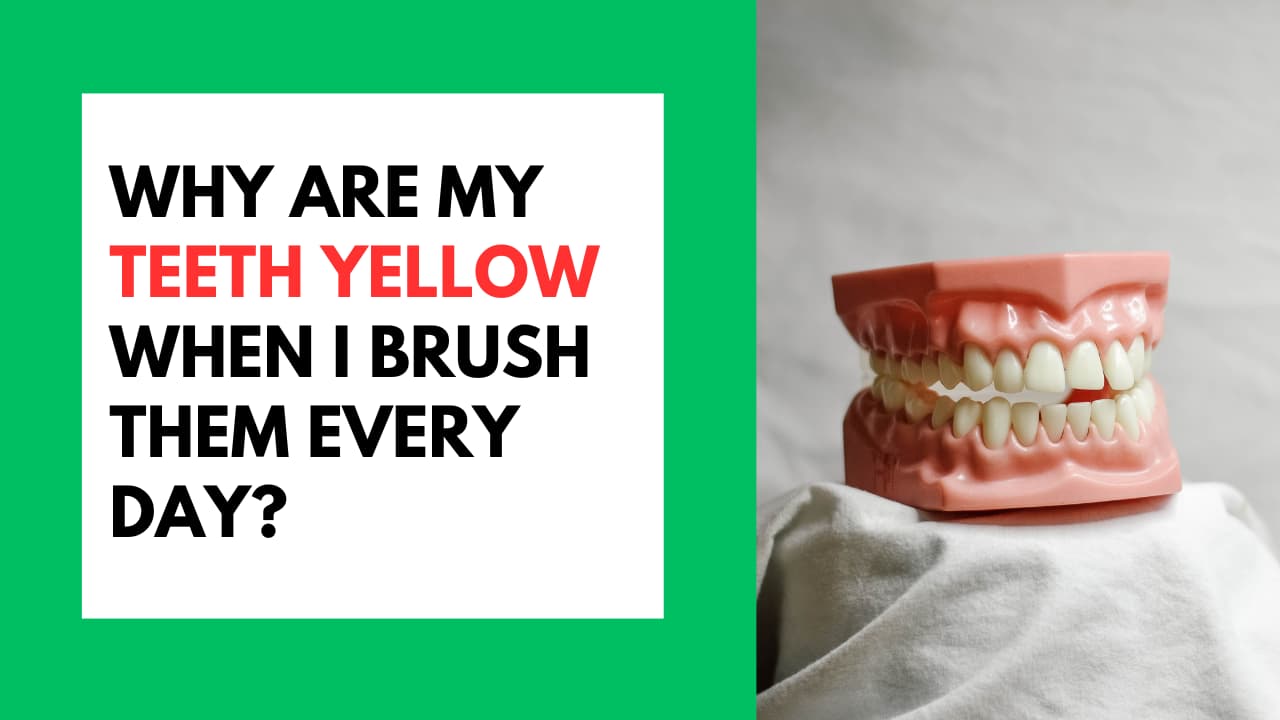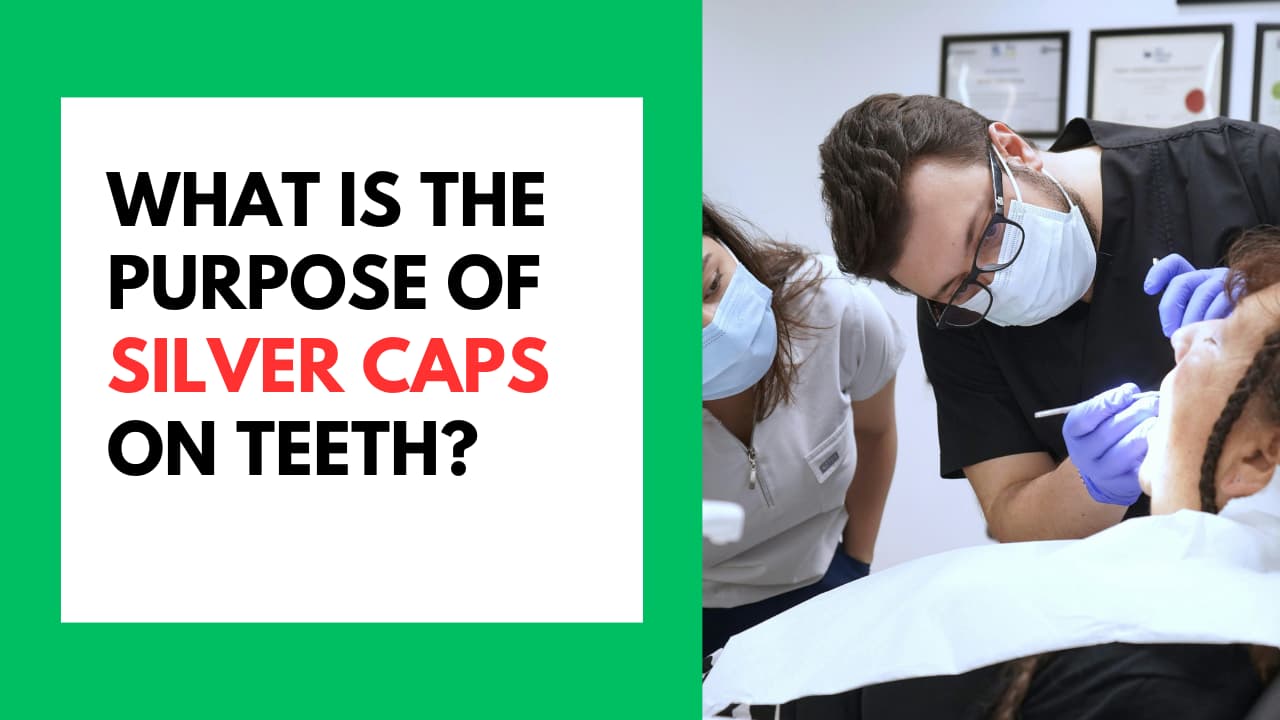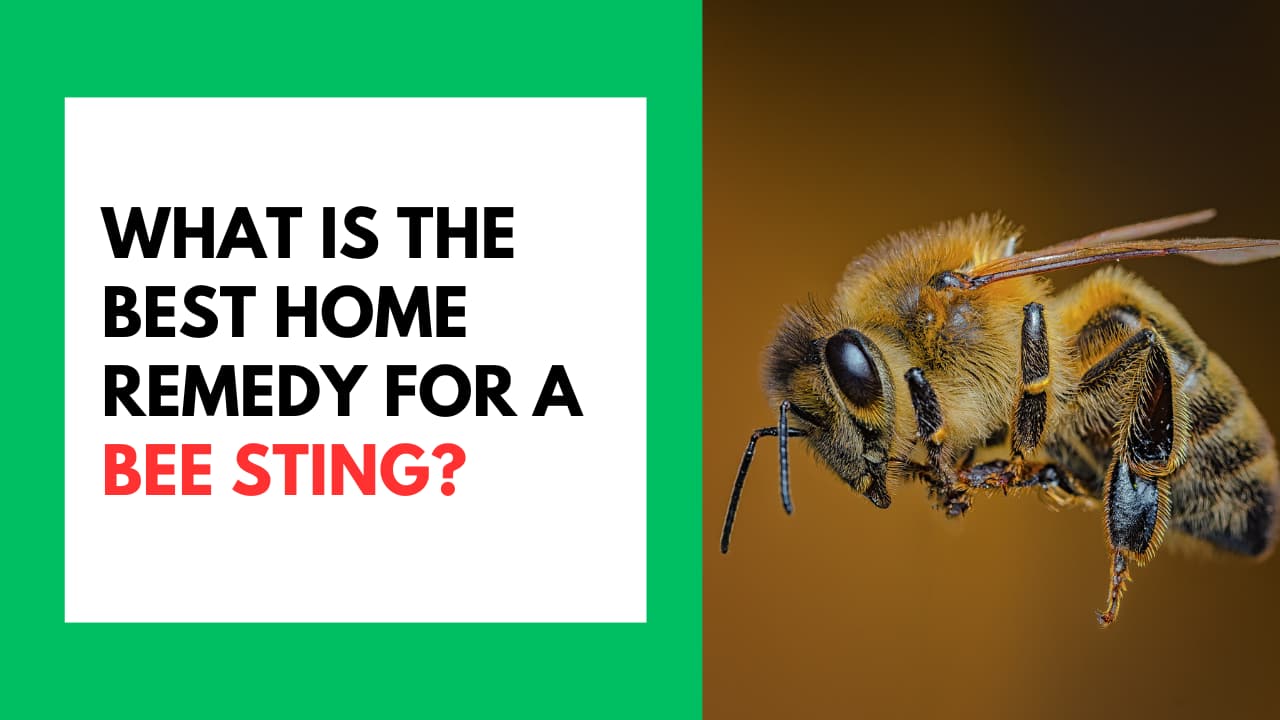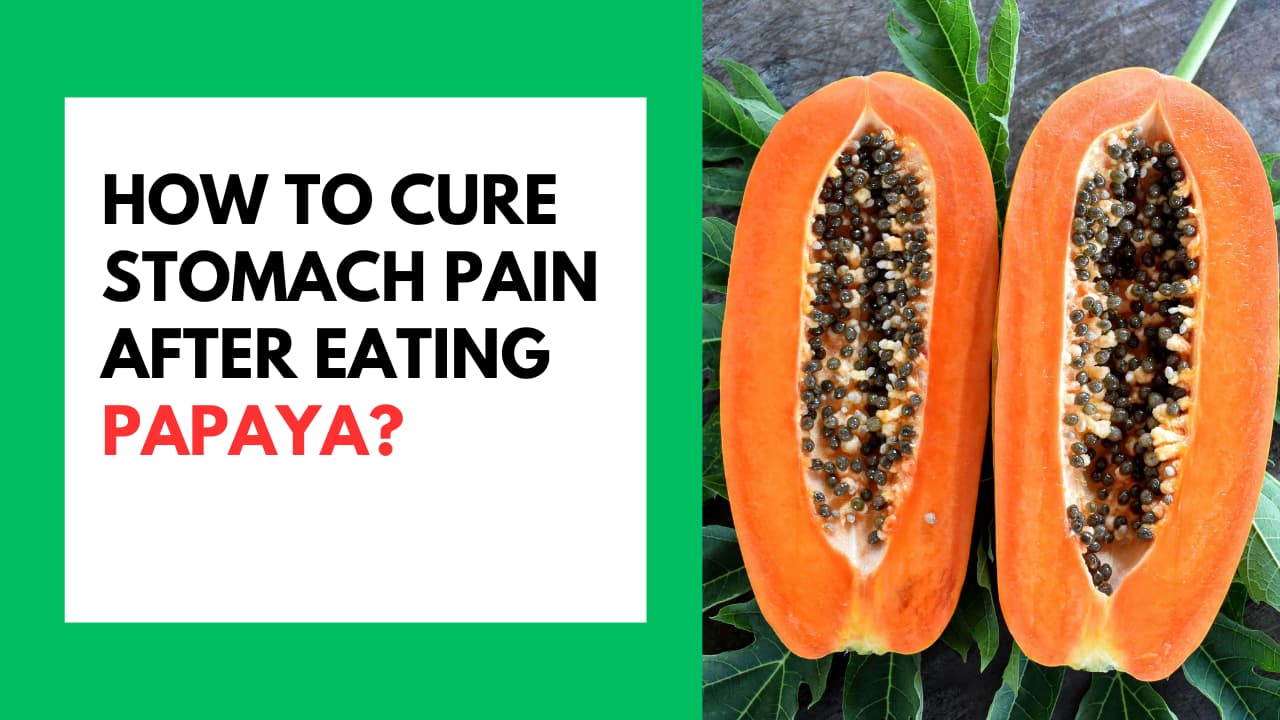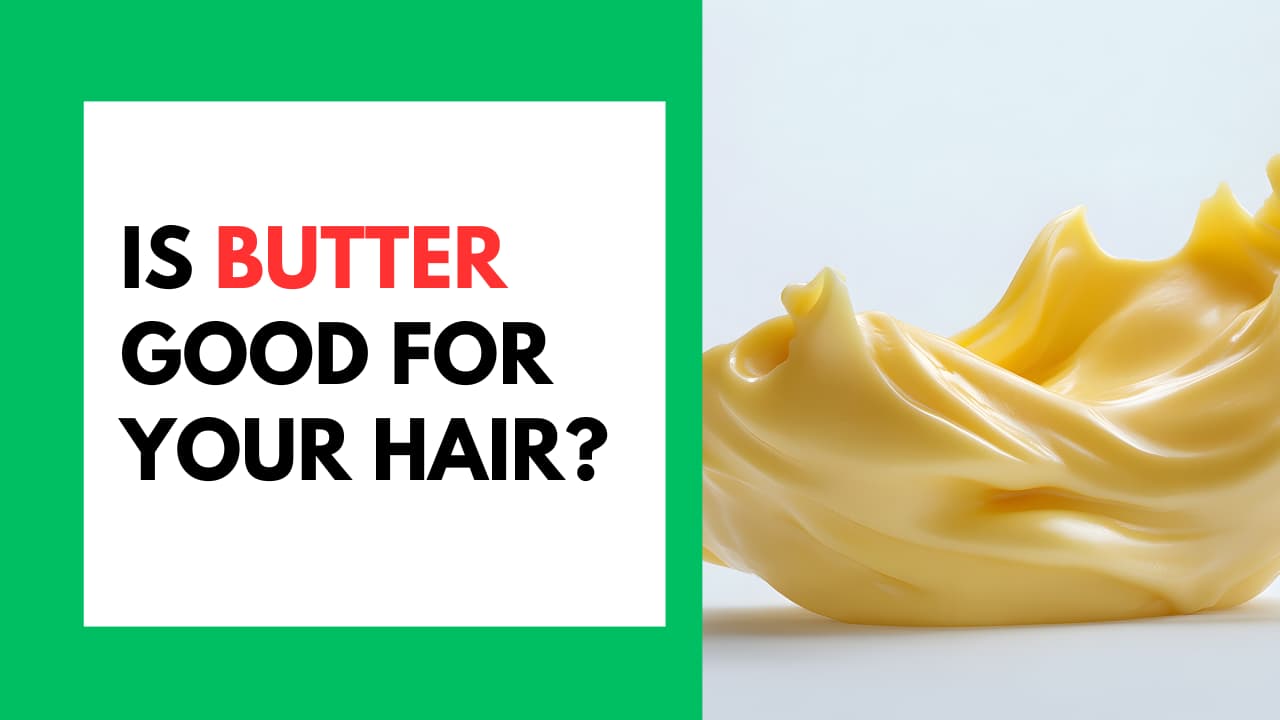You brush your teeth every day, making sure to keep them clean, but when you look in the mirror, they still look yellow. It can be confusing and frustrating that your teeth can still be discolored when you take good care of them. The answer is often the things you can’t see, like worn-down enamel, tough stains, or daily habits that slowly affect your teeth. Foods and drinks like coffee, tea, or soda, getting older, and even some medications can all make your teeth look less white.
However, there’s good news: once you figure out the reason behind your yellow teeth, you can seek the right solution for a whiter smile. Let’s discuss the common causes behind yellow teeth:
Expert in This Article
Dr. Rahgozar, Doctor of Dental Surgery with advanced training in Clinical Dentistry, Oral Implantology, and Esthetic Dentistry.
1. Enamel Wear and Thinning
As we get older, the outer protective layer of our teeth—called enamel—slowly wears away. This happens naturally with chewing, eating acidic foods and drinks, and simply aging. Enamel is slightly see-through, so when it becomes thinner, the yellowish layer underneath it, called dentin, shows more clearly. This makes teeth look yellow. Thinner enamel also makes teeth more likely to get stained.
According to Dr. Reza Rahgozar of Pure Dental Center, “Enamel is like armor for your teeth; when it gets thinner, the yellow layer underneath starts to show, which people often confuse with bad brushing.” Taking care of your enamel is very important, but it will naturally wear down over time.
2. Staining from Foods, Drinks, and Smoking
Foods and drinks like coffee, tea, red wine, berries, and sodas have strong colors and acids that can stain your teeth. Smoking also causes yellow or brown stains because of tar and nicotine. These stains can be hard to remove, even if you brush every day, especially if you don’t brush properly. Cutting back on these habits and getting your teeth professionally cleaned can help reduce stains.
3. Genetics and Dentin Color
The color of your teeth is partly decided by your genes. Genetics affects how thick your enamel is and what color your dentin is underneath. Some people naturally have thinner enamel or yellower dentin, which makes their teeth look more yellow, even with good brushing.
Dr. Rahgozar explains, “Your genes play a major role in your natural tooth color, but modern dental treatments can still help make your smile whiter.” While you can’t change your genetics, treatments like whitening can make a big difference.
4. Enamel Erosion Due to Acid Exposure
Eating or drinking a lot of acidic things, like citrus fruits, fruit juices, sodas, or sugary snacks, can wear away enamel by dissolving its minerals. This lets the dentin underneath show and creates rough spots where stains stick more easily. Health issues like acid reflux or eating disorders that bring stomach acid into the mouth can also speed up enamel loss. Watching what you eat and treating any health problems can help protect your enamel.
5. Plaque and Inadequate Brushing
Plaque is a sticky film made of bacteria, leftover food, and saliva that forms on your teeth. If you don’t brush and floss well, it hardens into tartar, which looks yellow or brown and can’t be brushed away. Plaque bacteria also produce acids that weaken enamel and cause more stains. As Dr. Reza Rahgozar explains, “Brushing every day is important, but doing it the right way is just as important. Missing spots let plaque buildup and dull your smile.” Regular cleanings from your dentist are needed to remove tartar and keep your teeth looking bright.
6. Teeth Grinding (Bruxism)
Grinding or clenching your teeth wears away enamel faster, which exposes the yellow dentin underneath. It can also cause tiny cracks in your teeth that catch stains, making the discoloration worse. Many people grind their teeth while sleeping and don’t even know it. A nightguard can help protect your teeth. Treating bruxism helps keep your enamel strong and your teeth whiter.
7. Trauma and Tooth Damage
An injury to a tooth can cause bleeding inside or damage to the nerve, leading to color changes like yellow, gray, or brown. A hit to the tooth can also crack the enamel, making it easier for stains to stick. Getting dental care right after an injury can help prevent long-term discoloration.
8. Medication and Health Conditions
Some medicines, like tetracycline antibiotics taken when teeth are still forming, can stain teeth from the inside. Health issues like enamel hypoplasia or genetic conditions can also affect how enamel develops, leading to yellow or uneven coloring.
Dry mouth, which reduces saliva, also raises the risk of enamel damage because saliva protects teeth from acid. “Your medical history and medications can affect your tooth color, so always inform your dentist for optimal care.” Says Dr. Rahgozar. Knowing these causes can help your dentist find the best way to treat yellowing teeth.
Ending Note
Even if you brush your teeth every day, they can still look yellow for reasons other than plaque. These reasons include aging, consumption of food and drinks that cause staining, smoking, certain medicines, genetics, and not brushing properly. To really improve your smile, you need more than just brushing; you may need to change some habits and get help from your dentist with treatments that fit your needs.

Annie Edith is an experienced journalist and content creator with a strong passion for health and wellness. She takes a unique approach to her writing, exploring the latest trends in Dental, Fitness, and mental well-being, while providing readers with informative, research-based articles.

